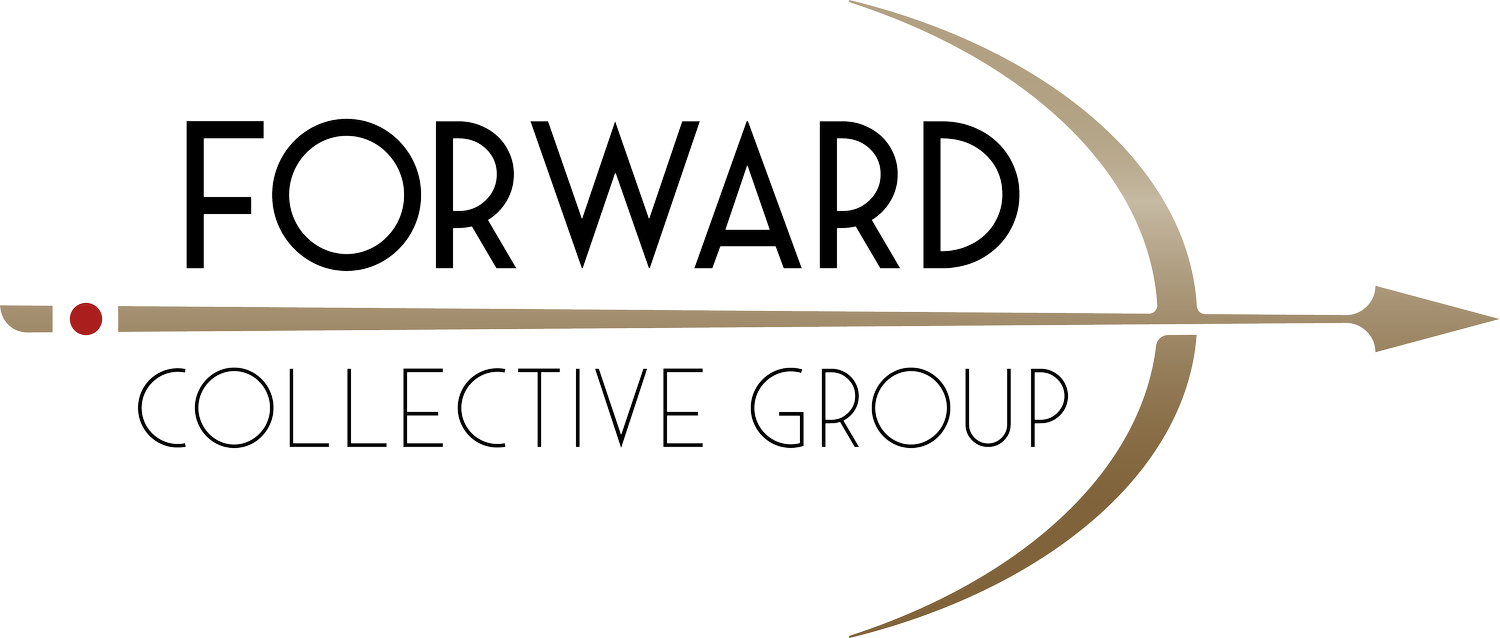Org Design: Un-sexy but Necessary
Business leaders and entrepreneurs love the thrill of new products and services, or leadership development, but without a well-defined structure, all that potential can get lost in the chaos. A thoughtfully designed organization structure is key to making your company’s potential a reality.
Build The Big Picture
Organization design is a macro concept, or big picture, at its core. What are the strategic initiatives, the high-level projects that need to happen to push your organization forward? Not just today, but in the next three to five years. How can you set your company up to thrive? This might mean job restructuring, implementing new technologies, or even realigning departments. It’s a significant move, so don’t rush it.
I know that many of you are eager to see progress quickly, and might be thinking in terms of months, not years. But, based on my experience across many organizations, three to five years is really the sweet spot for seeing significant results. It takes time to outline your goals, get everyone on the same page, and identify the key stakeholders who need to be involved. Speed can be your ally or your enemy. Plan accordingly.
Choose Organization Structure Carefully
First, decide what type of structure is best to start your journey. Many companies, especially scrappy startups, begin with a flat structure. They feature only a few levels of management, which promotes easy communication and fast action. It’s an effective way to start a business, particularly when there are just a handful of employees. As you grow, that structure may no longer work for you.
That's when you might need to transition to a functional structure, where the organization is divided into departments based on functional areas, like marketing, finance, or engineering. This structure brings a clear delineation of duties and job structures, but it can also create silos if not monitored carefully.
Eventually, for larger companies, a matrix structure may be appropriate. Here, employees might report to both a functional manager and a project manager. Matrix structures are often organized by factors like geography, product lines, or networks. These are more complex and can require more oversight but can also be very effective for large and diversified operations.
Anticipate Organizational Change
It’s crucial to understand that you're not stuck with one structure. You can, and likely will, transition between structures as you grow. And even within a large organization, you might see different structures in different departments. Find what works best for your specific needs.
I encourage you to think of the different needs of your organization at each stage. It's a natural process of growth that you can manage with intent. Organizational design should create a framework that enables your company to thrive. This is not just about dollars and cents. Engineer your company to be a place where people want to work - with purpose and joy.
Watch the full Fast Forward Podcast episdode on organization design’s benefits here: https://youtu.be/mrk0295X0SY?si=_JEhvydzx0uQtmoT.

